Products tagged with 'nasa'
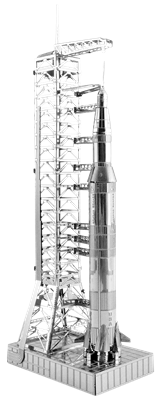
MMS167
Apollo Saturn V with Gantry
Saturn V: President Kennedy said, “we choose to go to the moon” The Saturn V is how we got there! This 3-stage expendable rocket was developed by NASA to support the US Apollo space program between 1967 and 1973. The “V” referenced the five giant F-1 rocket engines clustered at the bottom of the Saturn V’s first stage.
$0.00
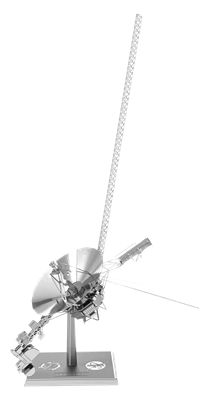
MMS122
VOYAGER
The Voyager Spacecraft: Consist of two robotic probes that were built by Jet Propulsion Laboratory in Southern California and launched by NASA in 1977. Their primary mission was the exploration of Jupiter and Saturn. Both Voyagers are now tasked with exploring interstellar space.
$0.00
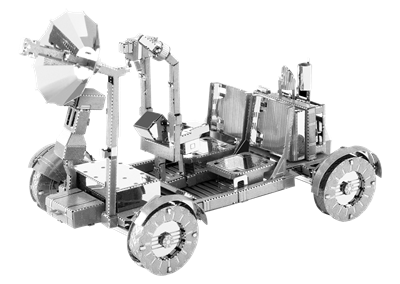
MMS094
APOLLO LUNAR ROVER
Was affectionately known as the moon buggy. It was used on the moon in the last three missions of the American Apollo program (15, 16, 17) during 1971 and 1972. Powered by only two silver-oxide batteries, the Apollo 17 was able to drive for 35.74 km (22.21 miles) across the surface of the moon.
$0.00
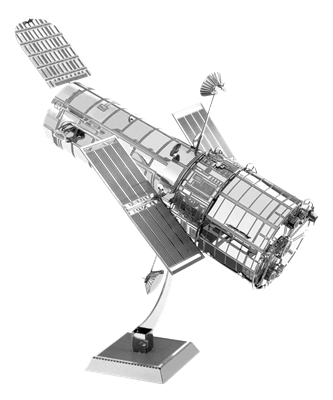
MMS093
HUBBLE TELESCOPE
Was launched into low Earth orbit April 24th, 1990. Operating outside the distortion of the Earth’s atmosphere it is able to take extremely high-resolution visible-light images. Hubble has recorded some of the most detailed visible-light images ever, allowing a deep view into space and time.
$0.00
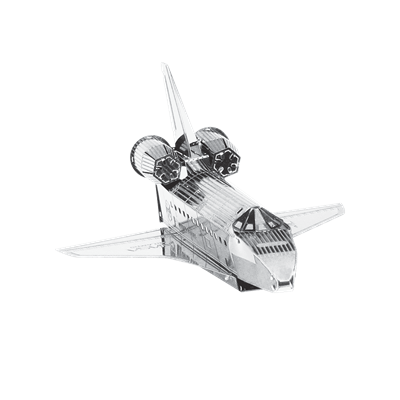
MMS015E
SPACE SHUTTLE ENDEAVOR
The Space Shuttle Endeavour is one of the retired orbiters of the Space Shuttle program of NASA, the space agency of the United States. Endeavour was the fifth and final spaceworthy NASA space shuttle to be built, and first flew in May 1992 on mission STS-49 and its last mission STS-134 was in May 2011.
$0.00
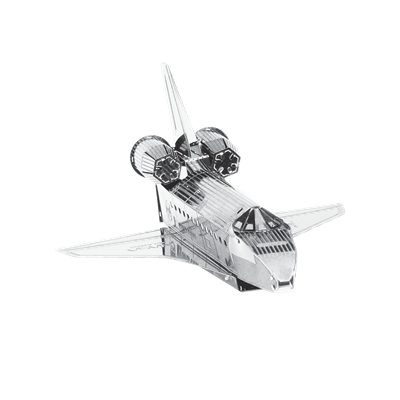
MMS015
SPACE SHUTTLE ATLANTIS
Was the fourth shuttle built and the last one to fly. It was launched on its maiden voyage October 3rd 1985 and landed for the last time on July 12th 2011 at Cape Kennedy. By the end of its last flight, Atlantis had orbited the Earth 4,848 times, traveling nearly 126 million miles.
$0.00















